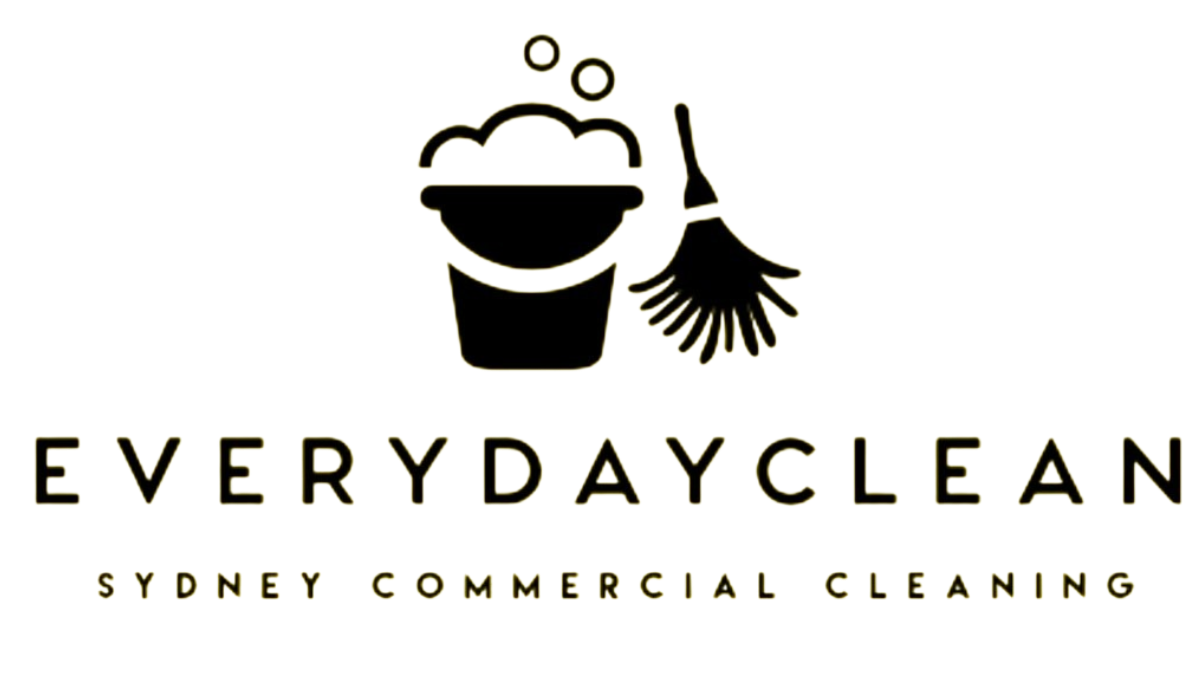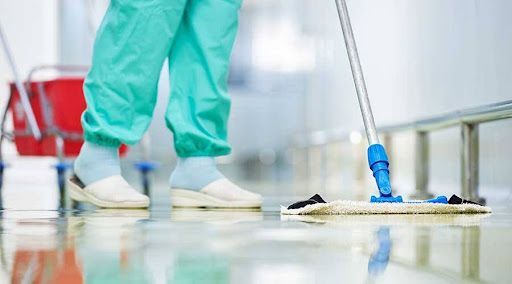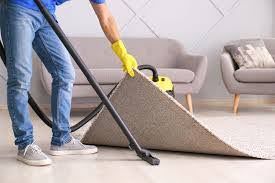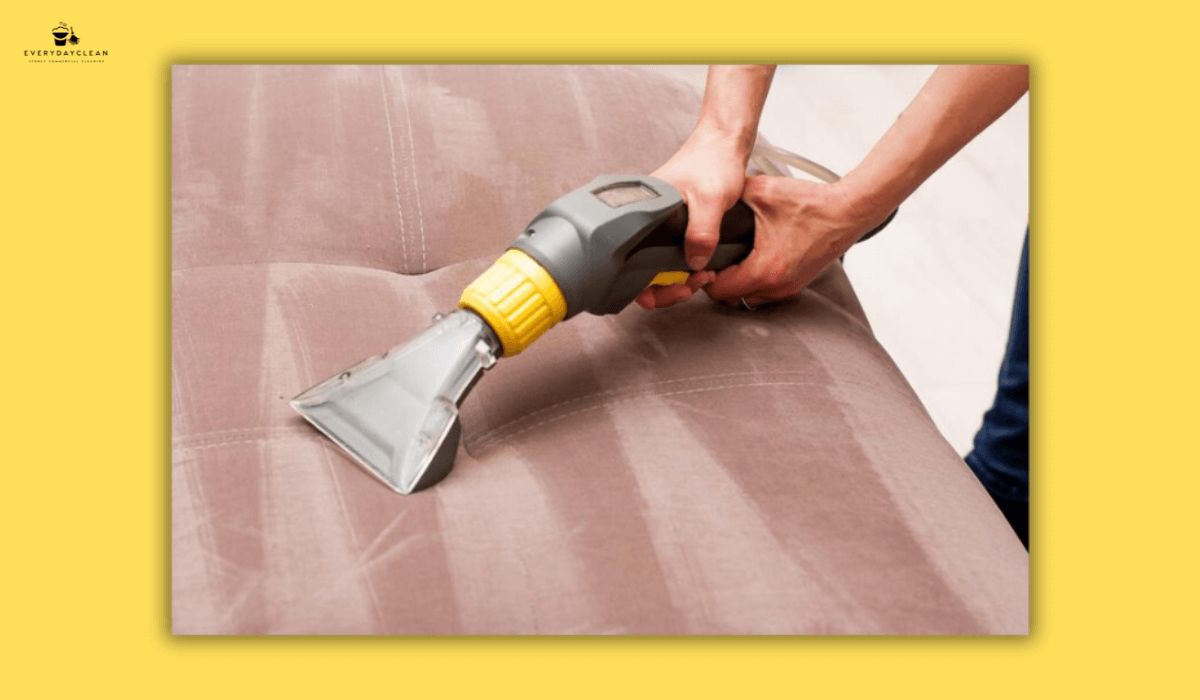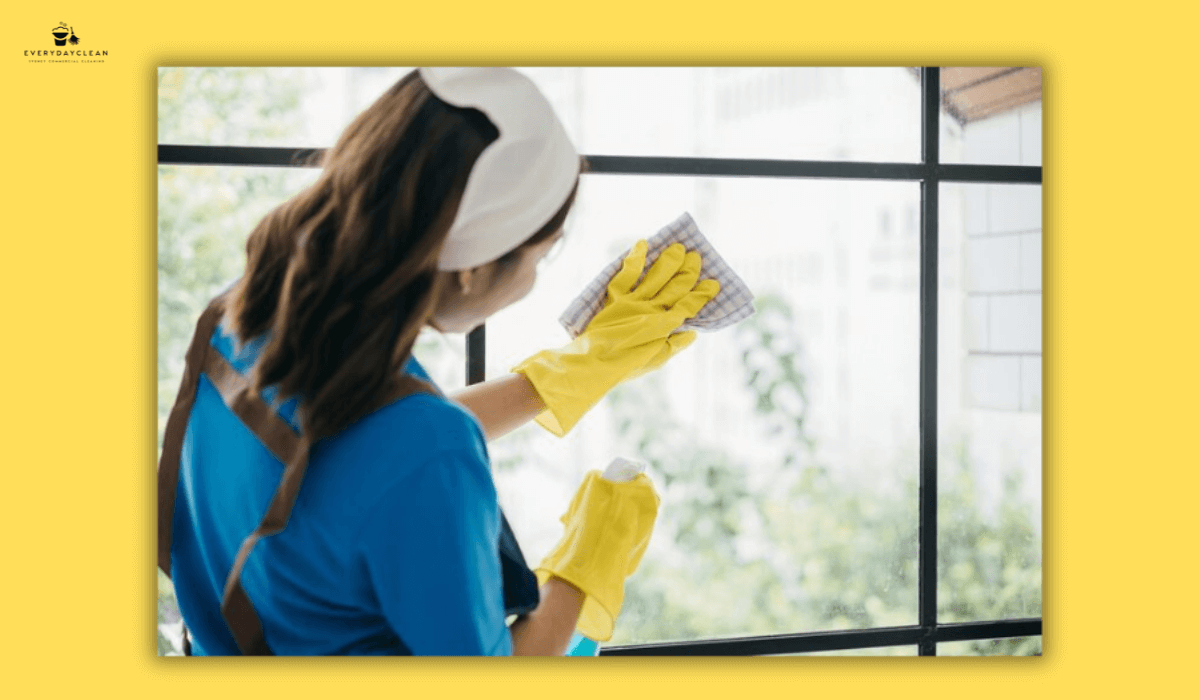Infection Control Cleaning Cost: Sydney Pricing Guide
Infection control is a cornerstone of maintaining safe and hygienic medical facilities. With patients, staff, and visitors interacting daily, healthcare environments are at a high risk of contamination. Proper cleaning measures prevent the spread of pathogens, protect vulnerable patients, and ensure compliance with strict regulatory standards. Professional infection control cleaning plays a vital role in maintaining cleanliness, mitigating risks, and fostering trust in healthcare services.
Understanding Infection Control Cleaning in Medical Facilities
Regulatory Standards for Infection Control Cleaning
Compliance with health and safety regulations is non-negotiable for medical facilities. These standards are guided by:
- World Health Organization (WHO) Guidelines: Recommendations for maintaining hygiene in healthcare environments.
- Australian Health Authorities: National guidelines ensure proper cleaning practices tailored to medical settings.
- Accreditation Requirements: Facilities must meet specific standards to maintain certifications and operational licenses.
Key Areas for Infection Control Cleaning
Patient Rooms and High-Touch Surfaces
Patient rooms require frequent and thorough cleaning, particularly high-touch surfaces such as:
- Bed rails
- Light switches
- Doorknobs
- Medical equipment
These surfaces are prime areas for contamination and demand daily disinfection.
Operating Theatres and Critical Care Units
Operating theatres and critical care units demand specialized cleaning protocols, including:
- Sterilization Procedures: Advanced techniques to eliminate all microorganisms.
Waiting Areas and Public Spaces
High-traffic areas like waiting rooms and lobbies are prone to cross-contamination. Infection control cleaning focuses on:
- Seating and armrests
- Reception desks
- Floors and door handles
Proper sanitization minimizes risks in these frequently used spaces.
Effective Infection Control Cleaning Practices
Use of Hospital-Grade Disinfectants
Not all cleaning products are created equal. Hospital-grade disinfectants are essential for:
- Killing bacteria, viruses, and fungi
- Meeting regulatory standards for medical environments
- Ensuring patient and staff safety
The Role of Personal Protective Equipment (PPE) for Cleaners
Cleaners must prioritize their own safety while maintaining hygiene standards. PPE includes:
- Gloves, masks, and gowns
- Eye protection
- Shoe covers
PPE not only protects staff but also prevents cross-contamination during cleaning processes.
The Benefits of Professional Infection Control Cleaning Services
Expertise in Handling Contaminated Areas
Professional cleaning teams are trained to handle biohazard cleaning safely, including:
- Dealing with Contaminated Waste: Proper disposal of medical waste.
- Sanitizing Specialized Equipment: Knowledge of cleaning protocols for sensitive medical tools.
Customized Cleaning Protocols for Healthcare Facilities
Every healthcare facility has unique needs. Professional services offer:
- Tailored Cleaning Plans: Adjustments based on facility size, patient population, and usage patterns.
- Scalable Services: Flexibility to manage cleaning demands during peak periods.
Conclusion
Infection control cleaning is essential for maintaining a safe and hygienic medical environment. From preventing healthcare-associated infections to meeting regulatory standards, effective cleaning practices protect patients, staff, and visitors alike. Investing in professional cleaning services ensures thorough disinfection, compliance, and peace of mind for all stakeholders.
Stronger CTA
Ensure Your Medical Facility Meets the Highest Hygiene Standards!
Protect your patients and staff with expert infection control cleaning services.
FAQs About Infection Control Cleaning
Why is infection control important in medical settings?
It prevents the spread of infections, protects patients and staff, and ensures compliance with health regulations.
What areas require frequent infection control cleaning?
High-touch surfaces, operating theatres, patient rooms, and public areas need regular disinfection.
How can professional services enhance infection control?
Professionals use advanced techniques, certified products, and customized protocols to ensure thorough cleaning and safety.
